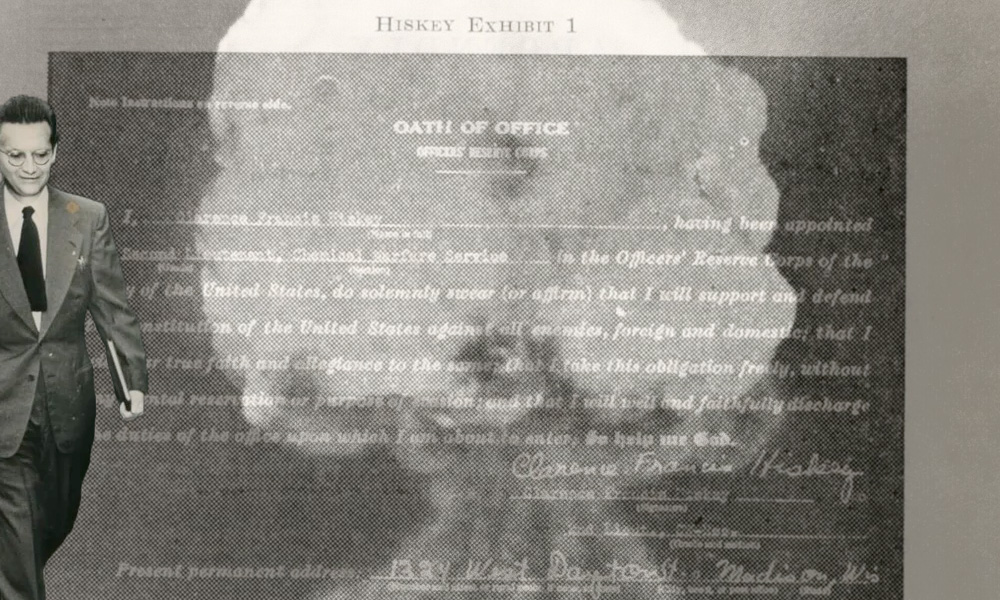A high-dimensional sphere spilling out of a high-dimensional cube despite exponentially many constraints
Make a square, split each side into two halves, producing four cells. Put a circle into each cell such that it fills it completely. There is a small gap right in the middle of the square. Put a circle there again such that it touches the other four circles. The central circle is obviously inside the square, right? Yes, but only if the dimension you are in is $D\le9$. Above that, the central cicle actually spills out from the cube, despite the $2^D$ spheres in their cells keeping it in. In this post I present this simple-to-compute yet utterly counter-intuitive result.
So far, nothing seems to be intuitively wrong. For $D=2$, we get the radius of the central circle to be $r(D=2) = (\sqrt{2}-1) a$, which is smaller than $2a$, the half-size of the square. Therefore the central circle is indeed nicely contained within the square. All is good.
Notice, however, that $r(D)$ is monotonic and unbounded from above in $D$. This means that as the dimension grows, the central sphere will grow in radius, while the linear size of the cube stays the same. At some point, the sphere must stick out of the cube! And it isn’t even such a high dimension you need for that to be the case: $r(D) > 2a \implies D > 9$.



















